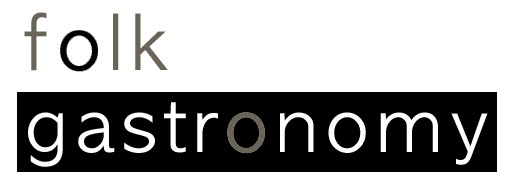[image: www.umesc.usgs.gov | two species of hypophthalmichthys, (a) silver carp and (b) bighead carp. these fish typically reach 50 pounds, consume mostly plankton, and may compete with native planktivores such as paddlefish and buffalo fishes, in addition to crowding fishing nets. illustrations by matt thomas]
time is running out for the bighead and silver carp heading north for lake michigan's $7 billion commercial and sport fishing elysian hinterland before man-made borders begin to close. it seems electrified underwater barriers built by the army corps of engineers in illinois have proved porous to the displaced native of china, leaving one fewer option in controlling the biomass-hungry, displaced leviathan's habitat. handling an invasive species like the bighead and silver carp has now reached a point where quarantine and setting up biological boundaries are necessary, themes illuminated by this year's h1n1 virus.
bighead and silver carp were imported to arkansas in the 70's to abet the removal of algae and suspended matter in inland aquaculture facilities. limnological epidemiology of phyto over-population has shown algae blooms when there is an over-abundance of nutrients in a water's system. these nutrients can arrive from a number of sources, viz. fertilizer and food-production run-off*. a classic example of this is illustrated by the development of ricotta** from romano cheese production in lombardy, italy. the protein-rich whey from romano was initially treated as waste and fed into local waterways, where the algal population exploded, and eventually depleted available oxygen in the waters. rather than dump the whey waste, it was re-cooked and drained to form a second curd, or ricotta- a fortuitous bit of gastro-ingenuity for lovers of lasagna and lemon zest cookies.
[image: vc.lib.harvard.edu | rubbing from jade rectangular surface featuring carved dragon design with cloud motif, carp fish (li yu) in wave motif, and a gate structure with chinese characters long men in the middle. carp have long been an auspicious symbol of success in china, told by the carp in the yellow river who, if they have the strength, jump the gates to become dragons.]
the imported carp entered the mississippi when rain expanded the geometry of the aquaculture facilities, merging with our nation's most storied riverway. the bighead and silver carp have done quite well for themselves in ole miss, now considered an invasive species, and are on the brink of entering lake michigan. once in the lake, carp could prove detrimental to the ecosystem, whose recent history is no stranger to invasive species. it seems a means-to-ends philosophy aimed to manage over-population in the lake by bringing in bigger and stronger species has over time cascaded into different problems- input addition with unexpected opportunity costs in creating and maintaining top-down and bottom-up consequences on the lake's large, complex food web.
it may be more difficult to create a mental image that grasps the scope of the carp over-population because our relationship with lakes and rivers is vague and mysterious with respect to what happens below their often muddied surfaces. take for instance the following photo of the invasive kudzu plant:
what makes this image pertinent to most of us is that we can see the plants dominating a familiar context, forests- a context that we are accustomed to and possibly have a relationship with- the brothers grimm is one of mine. below the surface of any local pond or lake however, most of us have no clear, rational pictures in our minds of what goes on down there. as a result, we imagine the conditions and have a less visible ruin value attached.
[image: library.thinkquest.org | kudzu is native of japan and southeast china and a member of the pea family. kudzu has rendered forested areas in the southeastern us (pictured) with a curious photosynthetic, phyto-topology]
what makes this image pertinent to most of us is that we can see the plants dominating a familiar context, forests- a context that we are accustomed to and possibly have a relationship with- the brothers grimm is one of mine. below the surface of any local pond or lake however, most of us have no clear, rational pictures in our minds of what goes on down there. as a result, we imagine the conditions and have a less visible ruin value attached.
why not, then, open our mouths, kitchens, and wine cabinets to this caloric surplus and possibly sustainable leviathan? prime carp cooking season is from november through march. what better to tide the geographically quarantined locavore until the first asparagus, leeks, parsnips, and tomatoes start showing up? larousse gastronomique suggests a preparation of carp a l'alsacienne- poaching the fish in a dry white wine, say a lombardian lugana, and filling the fish with a cream stuffing, say a little ricotta. or, how about carp cooked in beer, maybe a little old style? the fish is oily and boney, but with the proper preparation, can be delicious.
*a case of a closed feedback loop where fish-derived fertilizer inputs proliferate algae growth which is consequently managed by carp who are then made into fertilizer.
**ricotta is not a cheese, it's a dairy product






No comments:
Post a Comment